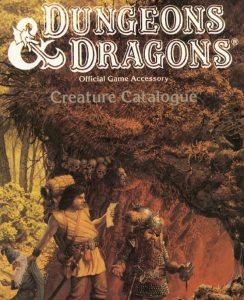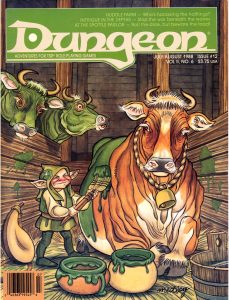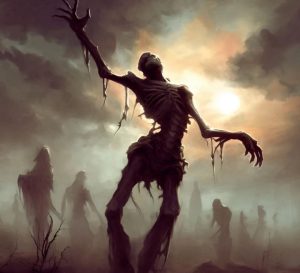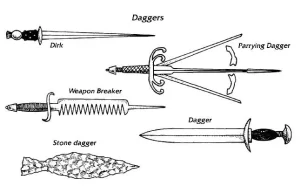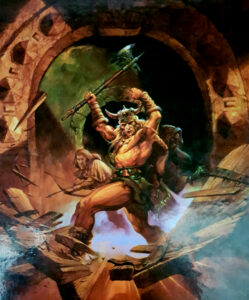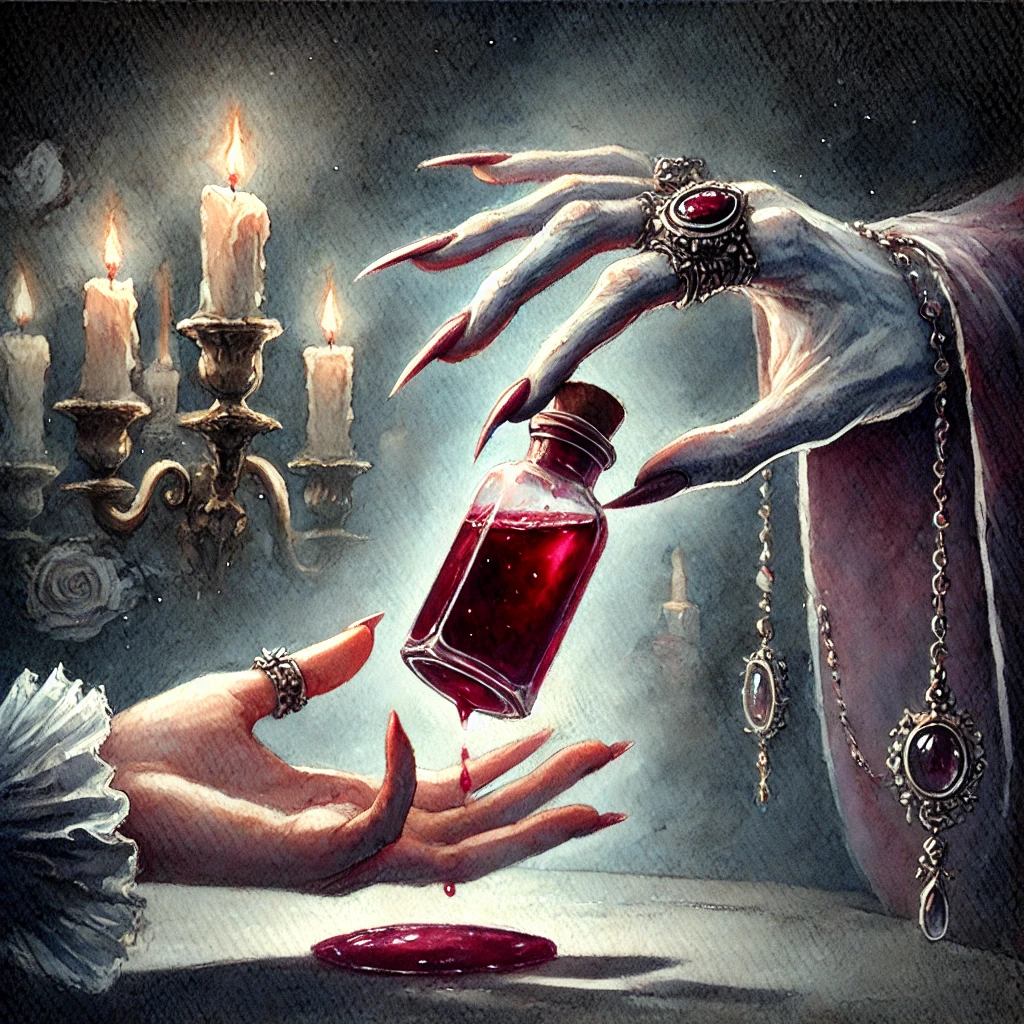
Beneath the surface of every fantasy realm's bustling marketplaces lurks another economy entirely -- one that caters to the unique needs of the undead. This shadow economy operates on principles as old as vampirism itself, dealing in commodities that would never appear in the standard equipment lists of any adventuring manual: virgin blood infused with magical potential, grave dirt from ancient heroes' tombs, and services specialized for those who must conduct their business in eternal night. Understanding this hidden market reveals not just how vampires maintain their unlives, but how their influence shapes the magical economy of your entire campaign world.
At its heart, the vampire shadow economy revolves around solving the practical problems of undead existence through magical means. Consider the seemingly simple matter of shelter -- a vampire requires properties warded against both mundane and magical detection, protected by glyphs of warding, animated guardians, and dimensional locks. This has spawned an entire industry of supernatural artificers who understand the unique requirements of undead clients. These specialists maintain networks of bound earth elementals for underground construction, employ teams of specialist enchanters for privacy wards, and retain pet necromancers who can properly prepare a vampire's resting chamber with the appropriate magical defenses.
Blood, naturally, forms the backbone of this hidden market, but in ways that transcend simple sustenance. Modern vampires maintain sophisticated blood-magic operations that would impress even the most accomplished alchemists. Some operate legitimate healing temples as fronts, siphoning off blood donations for careful magical enhancement. Others maintain networks of willing donors with specific magical properties -- sorcerers whose innate magic enriches their blood, oracles whose divine connections provide unique flavors, or individuals descended from dragons or celestials whose supernatural heritage makes their blood particularly potent. The most prestigious blood dealers specialize in exotic varieties: the blood of monks who've achieved perfect harmony with their ki, the essence of druids who frequently wild shape, or the rarified blood of high-level spellcasters.
Transportation in the vampire shadow economy involves far more than simple conveyance. Vampires require everything from teleportation circles calibrated to work with undead passengers to caravans protected by mobile zones of darkness. This has led to a shadow industry of specialist transmuters and conjurers who modify standard magical transportation methods for undead use. Some vampires maintain relationships with nightmare breeders, ensuring access to shadow-walking mounts that can carry them through the Plane of Shadow. Others retain the services of specialist wizards who can maintain permanent teleportation circles connected to a network of safe houses, each warded against scrying and divination magic.
The financial side of the vampire shadow economy is particularly fascinating in magical realms. Immortal beings need ways to maintain and transfer wealth across centuries without drawing attention from dragons, adventurers, or rival undead. This has led to the development of supernatural banking services that operate alongside -- and sometimes within -- traditional magical institutions. Specialist transmuters help vampires create vaults in pocket dimensions, while bound outsiders act as eternal accountants and guardians. Some vampire financiers have become legendary within undead circles for their ability to help others navigate the complexities of immortal wealth management across multiple planes of existence.
Information brokerage in a magical world takes on new dimensions entirely. Vampires require constant intelligence about hunter movements, divine interventions, and changes in the magical landscape that might affect their existence. This has created a market for specialized information brokers who maintain networks of invisible stalkers, scrying specialists, and bound spirits. These brokers don't just deal in current information -- they maintain centuries of accumulated knowledge, often stored in enchanted tomes or crystal matrices that can sort and cross-reference information instantly.
The market for supernatural craftsmanship represents one of the most lucrative sectors of the vampire shadow economy. Vampires often require items that blend modern enchantment with ancient artifacts, leading to a demand for artificers who can create everything from rings of sustenance modified for undead use to weapons capable of harming creatures across multiple planes. These craftsmen often come from families that have served vampire clients for generations, passing down both traditional techniques and carefully guarded magical formulae. The most skilled might specialize in creating items that allow vampires to circumvent their traditional weaknesses -- amulets that provide limited protection against sunlight, rings that allow the crossing of running water, or talismans that mask a vampire's nature from divine detection.
Perhaps most intriguing is the market for specialty magical services. Some brokers specialize in procuring divine artifacts, either for protection against other supernatural creatures or for study to better understand their weaknesses. Others deal in the creation and maintenance of undead servants, offering specialized "programming" for intelligent undead or maintenance services for aging zombie guardians. The most exclusive services might include supernatural matchmaking, connecting vampires with potential progeny who possess desirable magical talents or arranging political marriages between vampire clans to combine their magical powers.
For gaming purposes, the vampire shadow economy provides endless opportunities for both DMs and players. Each specialized service or commodity can spawn multiple adventure hooks -- recovering a specific type of grave dirt for a vampire client, protecting a valuable blood shipment from rival undead, or investigating why a usually reliable magical supplier suddenly went silent. The shadow economy can also serve as a source of unique magical items, valuable information, or political leverage for high-level parties who manage to either infiltrate or bargain with its operators.
The magical security protecting these economic operations is often as elaborate as any dungeon's defenses. Vampires employ complex combinations of magical and mundane protections -- overlapping fields of antimagic, zones of truth that reveal invisibility, or areas that prevent dimensional travel. The most sophisticated operations might include progressive security measures that activate based on the abilities demonstrated by would-be thieves, often incorporating protections against specific character classes or common adventuring tactics.
Trade in magical components and reagents forms another crucial sector of this shadow economy. Vampires often require exotic materials for their various magical operations -- everything from rare herbs that only grow in desecrated soil to specialized crystals charged with negative energy. This has led to the development of hidden greenhouses where corrupted druids grow magical plants in darkness, secret mines where bound earth elementals extract magically significant minerals, and networks of planes-walking merchants who gather components from across the multiverse.
The role of bound outsiders and extraplanar entities adds another layer of complexity to these economic networks. Many vampire operations employ devils for contract enforcement, elementals for security, and spirits for surveillance. These supernatural employees require their own special considerations -- binding circles that must be regularly maintained, magical payments that satisfy otherworldly desires, and complex magical contracts that prevent betrayal while ensuring continued service.
For adventuring parties, understanding the vampire shadow economy can be crucial for both survival and profit. Knowing which merchants might be fronts for vampire operations, which magic items might have hidden ties to undead creators, or which seemingly normal businesses might be part of larger supernatural networks can mean the difference between a successful mission and a fatal mistake. Smart players learn to recognize the signs of vampire economic influence -- unusual magical protections, suspiciously well-informed merchants, or goods and services that seem tailored for undead clients.
The management of these economic networks requires incredible magical infrastructure. Vampires often maintain elaborate systems of magical communication, using everything from enchanted ledgers that update themselves to crystal balls modified for commercial communication. Some particularly sophisticated operations might employ bound spirits as eternal clerks, magical constructs as tireless laborers, or specialized homunculi created specifically for handling cursed items or managing dangerous magical materials.
These shadow economies also play crucial roles in vampire politics. Control over particular markets, resources, or services can provide significant leverage in undead society. A vampire's status might be measured not just by their personal power, but by their ability to manipulate these economic networks -- how many blood suppliers they control, which magical craftsmen give them priority, or how many planar markets they can access. These considerations often lead to complex magical contracts and agreements, with vampire lords using elaborate enchantments to bind their business partners in webs of magical obligation.
For DMs, the vampire shadow economy provides a rich source of campaign material and world-building opportunities. Each specialized market or service can spawn multiple plot hooks, while the complex networks of magical contracts and obligations can create interesting moral dilemmas for players. The shadow economy can also serve as a way to introduce new magical items, creature types, or planar locations into your campaign, all while maintaining the internal logic of your world's magical ecology.
